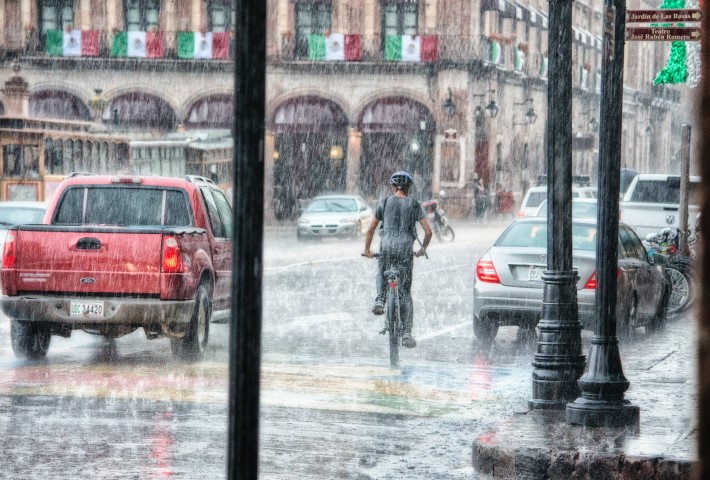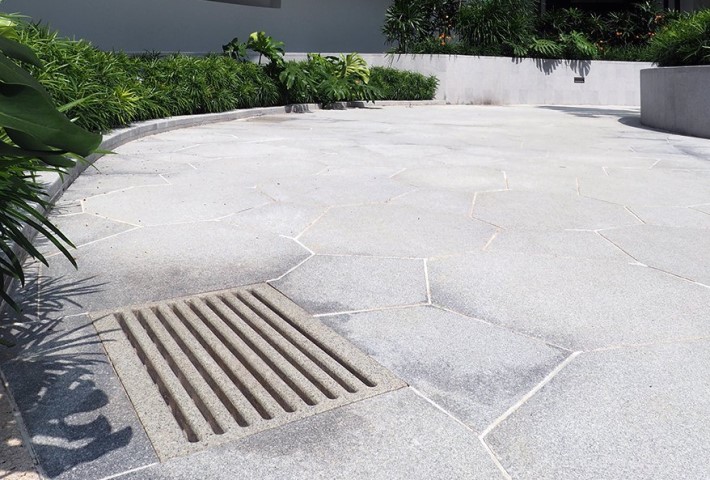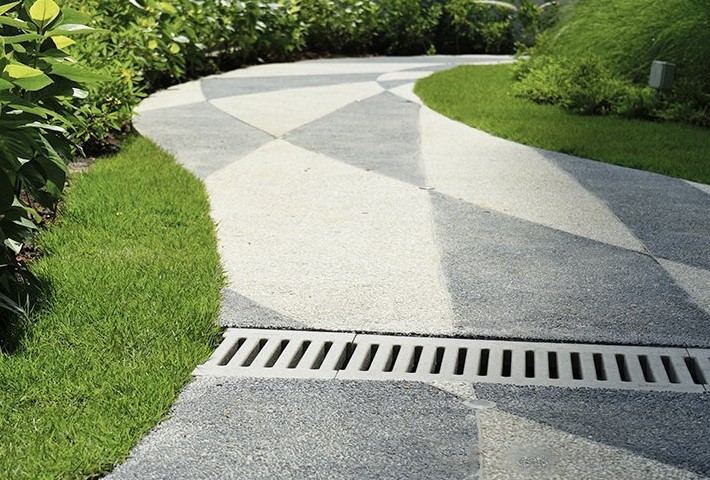Imagine you are driving down the road. How many drain pipes and storm drains would you see? Probably a lot. Stormwater and drainage systems are a part of everyday life. They can be found on the sides of roads, within a property, or even underneath one’s feet. They perform a function that often goes unrecognized but is essential.
Storm drainage systems are important in moving water and even curbing the impact of pollution. However, they need to be properly planned out and utilized effectively. Learning more about these factors can help one better plan a stormwater and drainage system of their own.
The importance of storm drainage systems
Stormwater regulation is essential in controlling excess water from rain events or even snowmelt. Inadequate control can lead to flooding, resulting in property damage, safety concerns, and loss of use for an area.
However, one of the biggest concerns that storm drainage systems address is the pollution caused by excessive stormwater. When rain is able to seep into the ground slowly, it gets filtered through the soil along the way. When it later becomes part of the groundwater or travels to local waterways, it does so as clean water.
 ©Genaro Servín | http://www.unsplash.com/
©Genaro Servín | http://www.unsplash.com/
Stormwater can cause property damage, pollution and other problems, particularly in urban areas.
But when heavy rain prevents the water from seeping into the ground, the water travels across the ground picking up debris and pollutants. They can travel to waterways, polluting the water in streams and rivers. Diverting excess water into drainage systems can help prevent these environmental issues, especially in areas with large patches of non-porous surfaces.
Planning an effective stormwater drainage design
To create an effective stormwater drainage design, it is critical to properly plan and figure out what is needed for the specific area. One needs to know how much rainfall the area receives, how much hardscape is already present, where rainwater currently gathers, and any other relevant data.
Specific places within the landscape may also have particular needs or may need additional drainage. For example, a walkway may need to be protected from the rain more than a field of grass since water on a walkway can create a slipping hazard. Heavy water flow can also be undesirable in areas like flowerbeds, as the water has the potential to rip away mulch or even carry away the plants themselves.
 Different areas require different types of stormwater drainage elements.
Different areas require different types of stormwater drainage elements.
Efficient stormwater drainage systems include a network of both private and public structures, channels, and pipes. Each of these parts plays an important role in making the greater system work, though they have their own considerations when planning.
For instance, the drainage channels that flow through city streets will need to handle a different amount of water than a trench drain placed in a residential driveway. Because of these differences, it is crucial to consider the needs of your application.
Elements of efficient stormwater drainage systems
The public system may include roadside ditches, curb inlets, and yard inlets. It may also have channels made of grass, concrete, stone, or asphalt. A stormwater drain pipe is also a commonly visible above-ground element. Connecting these features is usually a system of large underground pipes that quickly channel water away.
Drain grates are also an essential portion of the storm drainage system. Trench drain grates placed along the road can carry excess water from the asphalt while maintaining a safe driving surface. Sump covers, known by a variety of other names, can allow access to these drainage systems.
When choosing these elements, it is vital to consider their environmental effects as well. Choosing sustainable building materials that are low-impact and designed for longevity can further increase the positive environmental impacts of the drainage system. Stormwater regulation laws that may be in effect in your area are also something to consider. Some local governments place regulations around how stormwater can be managed and where discharge can be released.
Small-scale storm drainage systems
Stormwater drainage is just as important for small-scale areas such as parks and residences as they are for the wider urban area. Sometimes these drainage systems may be connected to the municipal system, but other times, they may be completely independent.
Jonite’s trench drains are an effective method of quickly removing excess water from hardscape areas. With their ease of installation and aesthetic value, they are a common choice for many applications. Sump covers can also be used to cover access points within commonly used areas.
 Trench drains are a beneficial part of any drainage system.
Trench drains are a beneficial part of any drainage system.
When designing small-scale drainage systems, people may want to have more choice over the specifics in their drain grates. For example, one could choose a more high-quality material such as reinforced stone that also allows colour and design choices.
Final Thoughts
An effective stormwater drainage system can help prevent several environmental and social issues. During the planning process, be sure to consider the area the system is serving, the materials used, and the specific elements that will be included. Doing so will help you design efficient stormwater drainage systems that will meet your needs.










